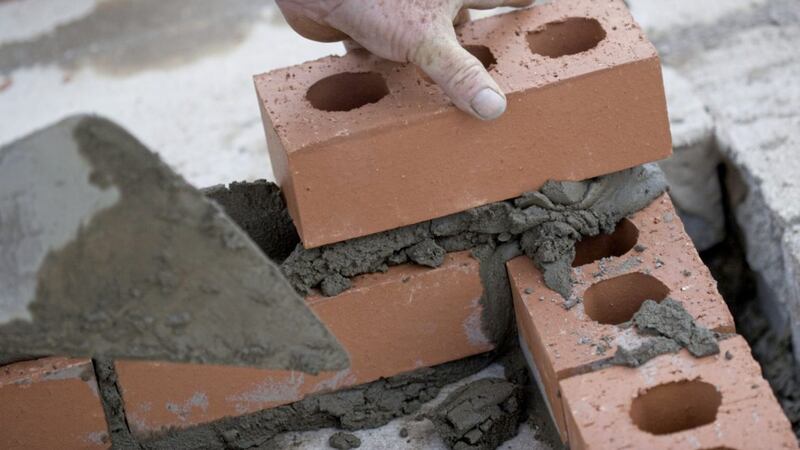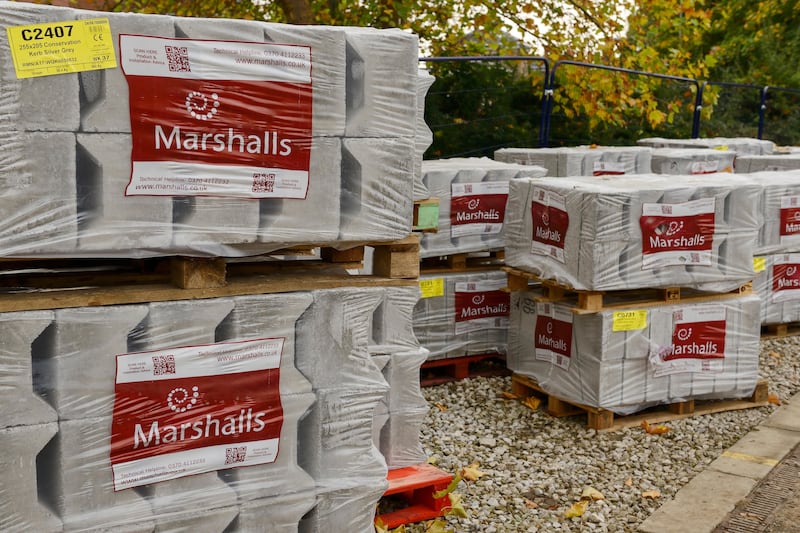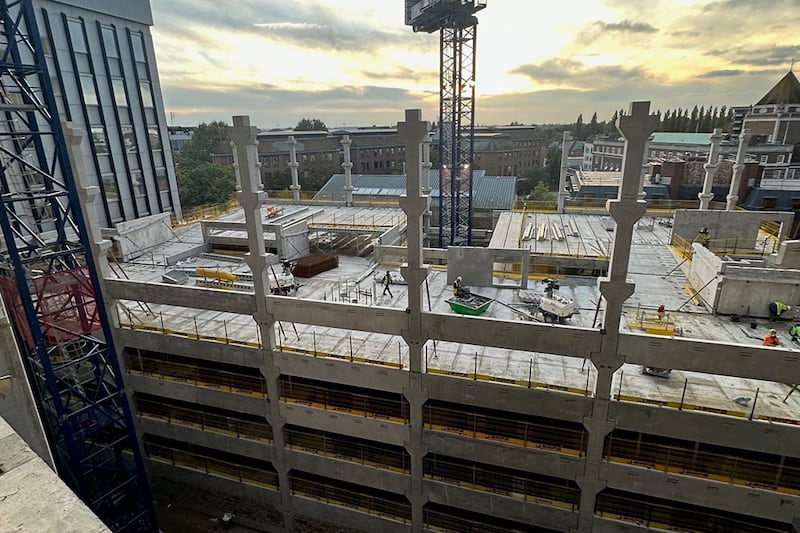OUTPUT in the UK's construction industry made a surprise rebound last month, as a jump in housebuilding helped drive overall activity to a 17-month high.
The closely watched Markit/CIPS UK Construction purchasing managers' index (PMI) rose to 56.0 in May, up from 53.1 in April and above economists' expectations of 52.6. A reading above 50 indicates growth.
Housebuilding had a stand out performance over the period, expanding at its fastest pace since December 2015 and bouncing back from a seven-month low in March.
New business was also motoring ahead, clocking its fastest expansion so far this year, while the number of new jobs accelerated for the second month on the bounce to its strongest level since January 2016.
Tim Moore, IHS Markit senior economist, said the construction sector was recovering strongly after a sluggish start to 2017.
He said: "House building was the key growth driver, with work on residential projects rising at the fastest pace since December 2015.
"A sustained rebound in residential building provides an encouraging sign that the recent soft patch for property values has not deterred new housing supply.
"Instead, strong labour market conditions, resilient demand and ultra-low mortgage rates appear to have helped boost work on residential development projects in May."
Despite sterling's prolonged weakness, input prices for construction firms rose at the slowest pace for seven months.
It comes after an update from the manufacturing industry on Thursday saw the sector ease back from a three-year high, but beat expectations in May thanks to robust growth in new orders.
However, the pound remained under pressure following the latest construction industry PMI, falling 0.2 per cent against the US dollar to 1.285 and down 0.3 per cent versus the euro at 1.145.
Samuel Tombs, chief UK economist at Pantheon Macroeconomics, said the result suggested the Brexit vote's "dampening influence on construction activity is fading".
"Note, however, that the PMI has had to exceed 53 in the past to signal growth," he said.
"May's PMI reading, therefore, is consistent with quarter-on-quarter growth in construction output of only about 0.5 per cent.
"Looking ahead, while housebuilding should remain supported by low mortgage rates and the Help to Buy equity loan scheme, we continue to fear that commercial construction work will tail off again as the point of the UK's EU exit in 2019 draws nearer."
Official figures last week showed the UK economy suffered an even deeper slowdown at the start of the year, as the services sector came under pressure and inflation dealt a blow to household spending.
The Office for National Statistics (ONS) said gross domestic product (GDP) grew by 0.2 per cent in the first quarter of 2017, revising down the figure from its initial estimate of 0.3 per cent.






